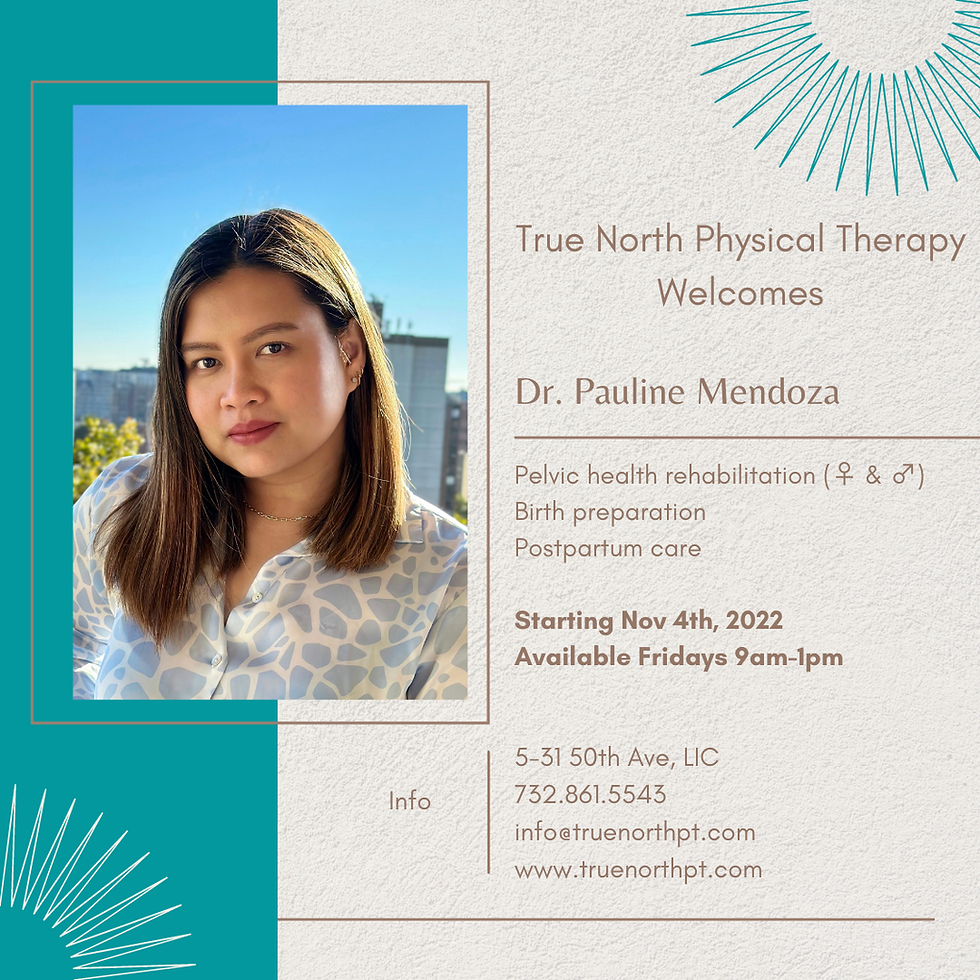Optimize Your Work Environment
- Sheherezad Dubash

- Mar 22, 2023
- 2 min read

Human beings were never meant to be sedentary creatures. In fact, movement is essential to our long & short term health and wellbeing. Unfortunately, many of us find ourselves “chained to our desks” during the workday and a combination of poor work habits with poorly designed work environment can eventually lead to aches, pains and possibly injuries due to poor posture.
Our schedules do not encourage much movement, and our own expectations are to get more done by not leaving our workspaces. Having a busy schedule that permits little time for diversion is clearly detrimental. So what do we do about it?
Here are some ways you can adjust your normal workday and workspace:
Get Up and Move!
Sitting for a long time is a repetitive activity, so the first and perhaps easiest thing to do is make sure that you change your position every 30-40 minutes. This doesn’t mean doing laps around the office; this means that you can stand up at your desk when on a phone call, stretch your arms overhead, or go refill your water bottle. Research shows that there is no “optimal posture” to sit in for long periods of time. However, the best posture is the one that is dynamic and changes frequently.
If you find that you become involved in your work and the hours slip by, you can set an alarm that will remind you when it is time to get up and change position.
The Three Work Zones
Think about your desk having three zones when organizing your space—primary, secondary and tertiary. Refer to picture below
The Primary Zone:
where you perform frequent tasks
have frequently used tools readily available
tasks that don’t require you to move your upper arm & puts minimal stress on body
ie. keyboard, mouse, paper/pen, drawing board
The Secondary Zone:
where you keep items that you use occasionally
regularly repetitive tasks should not be placed in this zone
some movement required of the upper arm
ie. water bottle, phone, pens, calculator
Tertiary Zone:
where you keep items that you reach for infrequently
items that you might need to lean forward, arm outstretched or even stand up to reach
ie. infrequently used reference materials, storage items
[1]Muller, John, “Creating the Perfect Ergonomic Workspace” Retrieved from URL: http://ergonomictrends.com/creating-perfect-ergonomic-workspace-ultimate-guide/





Comments